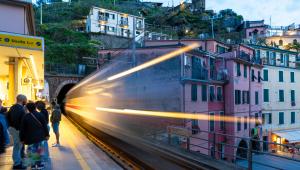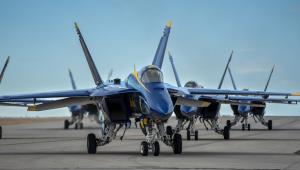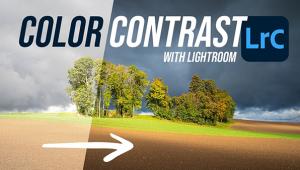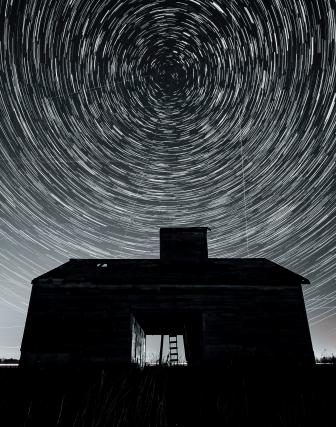The Power of Protest Photography
Think about how your perspective of current events might be different were it not for images of Zuccotti Park in Manhattan, Tahir Square in Cairo, Tiananmen Square in Bejing, or the many Westboro Baptist Church protests throughout the country. What about the many Tea Party rallies leading up to the last Congressional elections? Whether you are in favor or opposed to these events, it’s hard to argue that photographs didn’t affect your point of view (and perhaps even your actions).
So can photography of public protests change the world? You bet. Think of Associated Press photographer Jeff Widener’s iconic 1989 image of the “unknown rebel” standing before a row of tanks in Tiananmen Square. While this anonymous, lone protester was led away— never to be heard from again— Widener’s photograph of his courageous act documented a pivotal moment in history for the world to see. Or take a moment to recall the many compelling images of the Civil Rights movement back in the ‘60s. Charles Moore’s 1963 image of young people in Birmingham being assaulted with a fire hose provoked many people to take up the cause.
Sometime images of these events can even inspire incredulity on the part of unwitting. A good example is Lawrence Beitler’s appalling 1930 photo of thousands of whites in an Indiana Park watching a pair of black men being lynched for allegedly raping a white woman. For some citizens, this was a shocking awakening that something like this really could happen in the U.S.
In short, great photos can inspire us because of their breathtaking beauty, their compelling truth, their ability to educate, or their power to motivate people to contemplate and respond.
- Log in or register to post comments












































